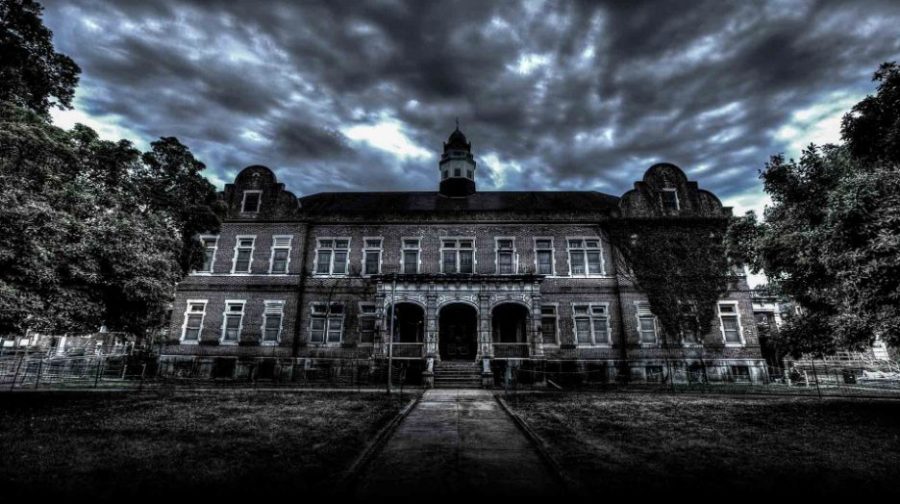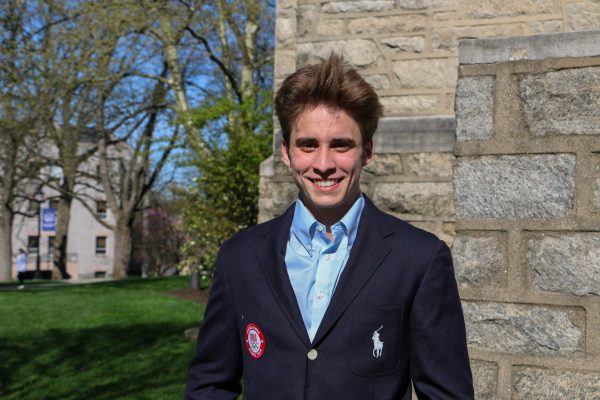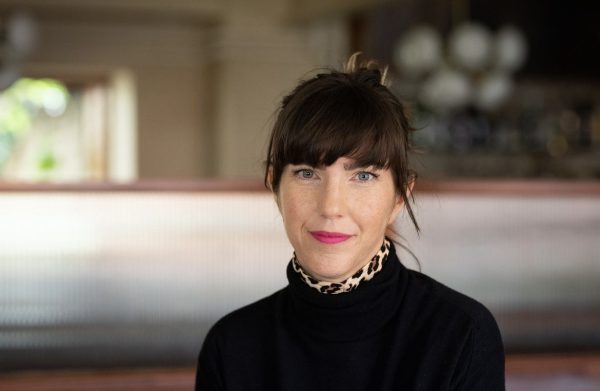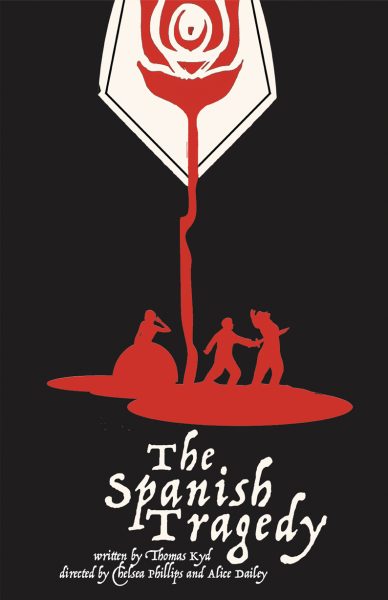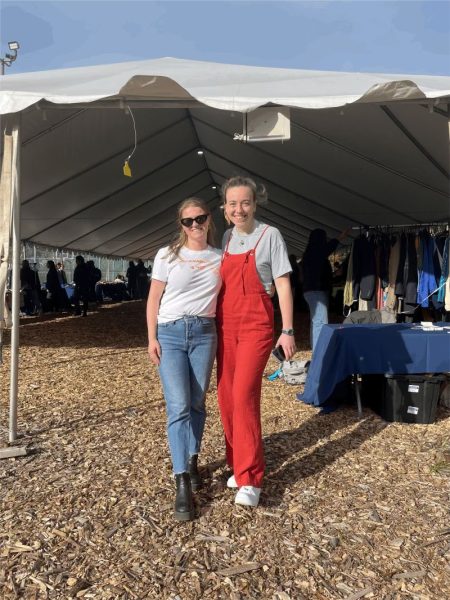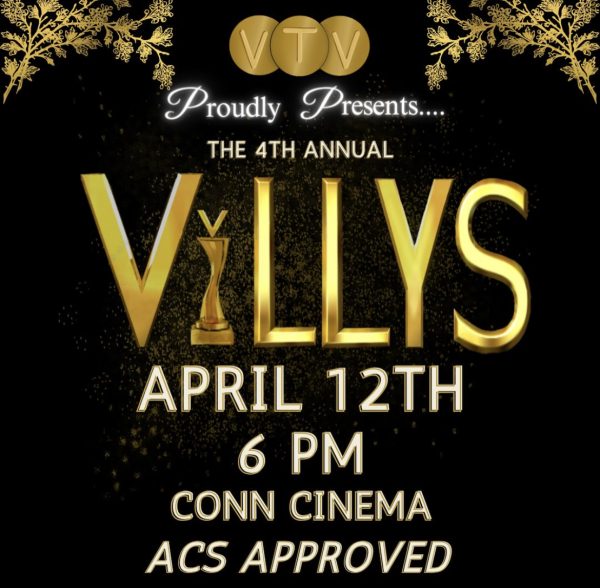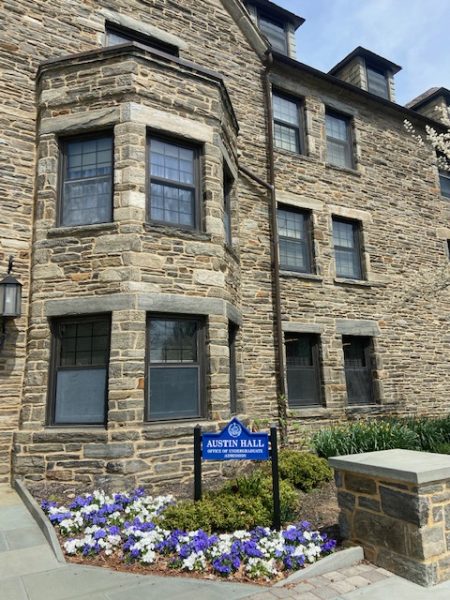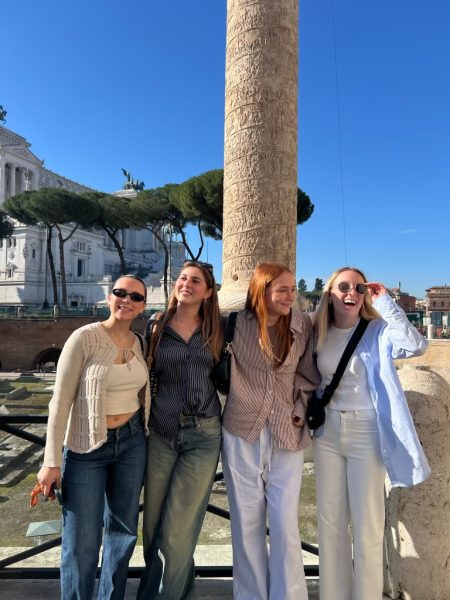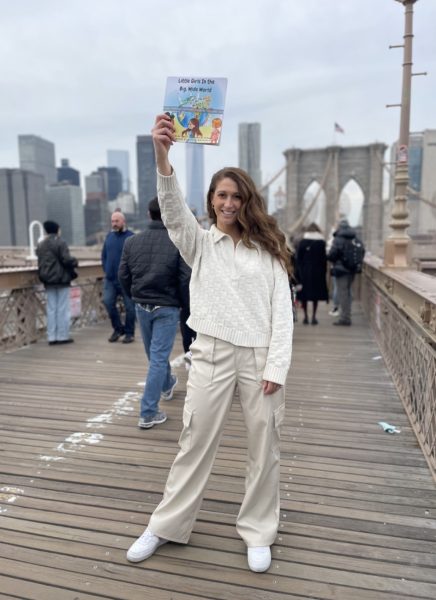Pennhurst Asylum: One of PA’s Most Haunted Attractions
October 9, 2018
With October in full swing and Halloween fast approaching, there is no better time to take full advantage of the many frightening fall attractions that Pennsylvania has to offer. For those of you looking for a genuine scare and a truly haunting experience, look no further than Pennhurst Asylum.
Located in Chester County, Pennhurst Asylum sits tucked deep within the woods of the small suburban town of Spring City, Pennsylvania. Though a bit of a hike for University students, the 20-mile journey is well worth it for those seeking to explore what has been deemed one of America’s most haunted asylums, marked by a tragically dark history to boot.
First opened in late November 1908, Pennhurst State School and Hospital—originally dubbed the Eastern Pennsylvania State Institution for the Feeble-Minded and Epileptic —served for nearly 80 years as a home for thousands of mentally and physically disabled children, many of whom were dropped off by parents who were either unable or unwilling to care for their children, never to see them again. Orphans, criminals and immigrants unwanted elsewhere were housed at Pennhurst, creating an enclave of those on the margins of society. This, however, was no peaceful sanctuary; rather, these patients and residents, abandoned by their families and the rest of the outside world, suffered gross mistreatment and abuse at the hands of the institution’s doctors and caretakers.
With the release of the 1968 exposé by the journalist Bill Baldini, the public was forced — for the first time — to acknowledge the brutally inhumane treatment of Pennhurst’s patients, exposed to shocking images of caged children and adult patients chained to beds, along with subsequent reports of physical and emotional abuse at the hands of orderlies who not only beat residents, but incited violence between them. With these horrifying reports swirling, along with the exposure of extreme surgical and drug experimentation on patients, including the widespread use of the now illegal electroshock therapy, the institution was finally held accountable for its actions in court; a number of such federal proceedings ultimately culminated in the Supreme Court case Pennhurst State School and Hospital v. Halderman, effectively forcing Pennhurst to close its doors in 1987.
After 23 years of abandonment, marked by invasion and vandalism by curious thrill-seekers, the institution was reopened to the public in 2010, serving as one of Pennsylvania’s most popular Halloween attractions. The institution has drawn special attention from paranormal investigators — including those of the popular series Ghost Hunters and Ghost Adventures —all of whom reported rampant paranormal activity, ranging from the recording of voices, to the capturing of spectral images, and feelings of being touched or pulled on by spirits, and more. Of all the buildings on the property, however, the Mayflower Hall has decidedly been deemed the most haunted, and it is this very same building that has been opened to the public for exploration; it is this building that I myself chose to explore during my visit to Pennhurst.
Speaking from experience, I can confidently say that immersing oneself in the fullness of the Pennhurst experience is not for the faint of heart. Even the very act of journeying to the institution is unsettling, to say the least. Specifically, after arriving in Spring City, the visitor is forced to abruptly turn off the town’s Main Street at the instruction of a small wooden sign directing the traveler toward Pennhurst. One then travels down a narrow, unlit dirt road that stretches over a mile into the woods, before finally opening into a clearing consisting solely of Pennhurst’s various buildings, surrounded by forest on all sides. Those undaunted by the initial unease of arrival may then choose to wander further into the heart of the campus, where they may purchase tickets to one or all of the institution’s numerous attractions.
Though from the outside it may appear to be an average, albeit run down and crumbling two-story brick building, the Mayflower Hall is anything but ordinary. The single, unbarricaded entrance first opens up to a small museum, complete with artifacts from the earliest days of the institution. Though the artifacts, ranging from tea cups to old books seem unremarkable, it is the photos of patients and descriptions of the institution’s horrific history that quickly render the visitor both somber and horrified. After exiting the museum portion of the
building, tourists then find themselves in the heart of the attraction: the dark, empty corridors of this former residential building and site of gross human experimentation, left fully untouched since the asylum’s initial abandonment in 1987. With the use of their own flashlights, the adventurous may wander the building’s dark graffiti-ridden halls, only to be confronted with haunting sights and remnants of what was.
Walls are covered in the names of vandals, cries for help, pentagrams and disturbing incantations. Those walls not vandalized are covered in dirt, chipped paint and exposed wood, with floors coated in debris. Old, dusty furniture is strewn about the Mayflower’s myriad rooms, with chairs and couches shoved randomly about, and beds with old sheets scattered haphazardly, appearing as if they had been slept on and left unmade by the very last residents forced to clear out 30 years ago. Most haunting, however, are the belongings of patients left behind; everything from walkers to children’s worn out toys remain, beaten up and forgotten, serving as constant reminders of the forgotten and brutalized patients who occupied these halls. This was a place where humanity was forsaken even in its hayday, so many years ago.
A chilling experience, visiting the Pennhurst Asylum is haunting both in its paranormal energy and its grim history. For those with a penchant for the macabre and a desire to experience the paranormal firsthand, Pennhurst’s Mayflower Hall and the crushing weight of its history is the perfect place to visit this fall, serving as more than just a space of entertainment, but also as a place to be reminded of our nation’s dark medical and psychological history. For those averse to experiencing such a sobering reality, but still eager to engage in more artificial Halloween hauntings, Pennhurst also offers a number of alternate “haunted” attractions, including three thematically constructed haunted houses —such as the Asylum, Morgue, and Containment tunnels — situated in Pennhurst’s remaining buildings and replete with terrifying actors and artificial scares, as well as a food and entertainment center at the heart of the campus. That said, there is truly something for everyone — or, at least for the brave — so for those in search of a thrilling fall adventure, Pennhurst Asylum is not to be missed.

